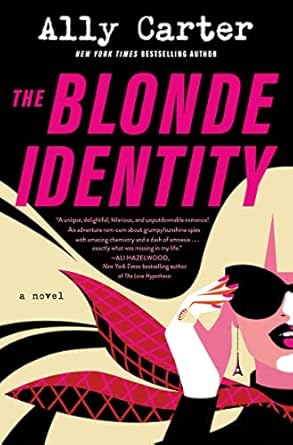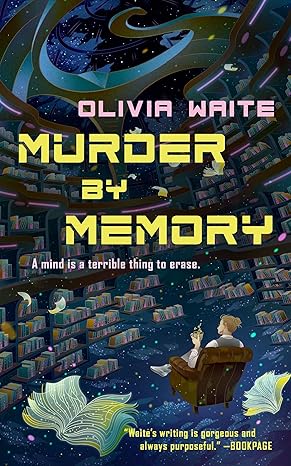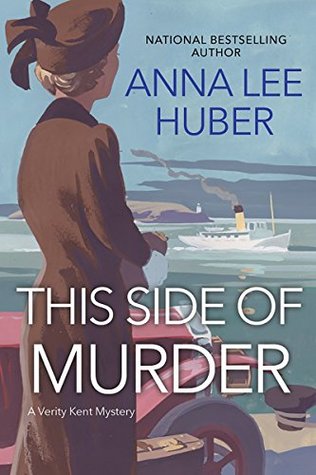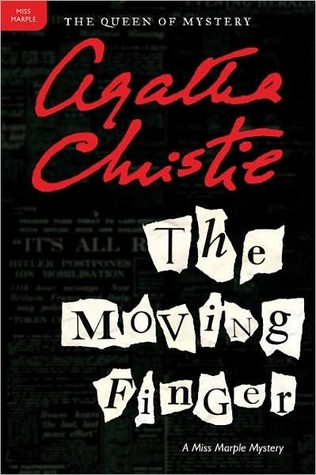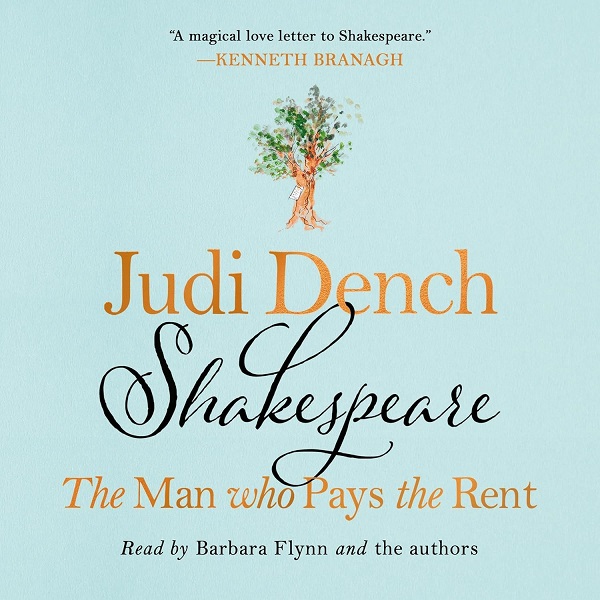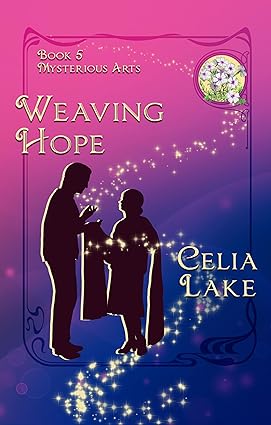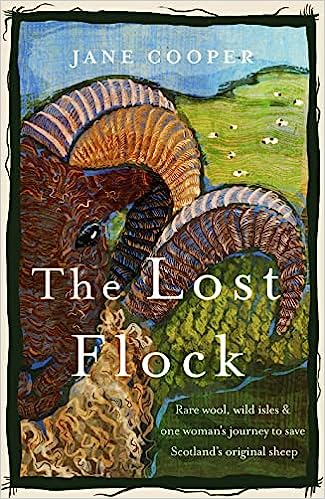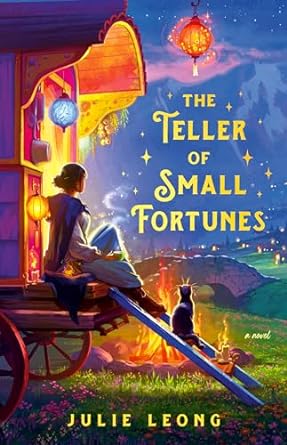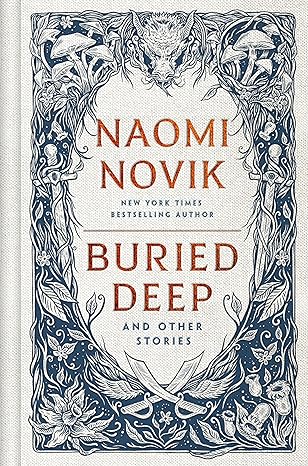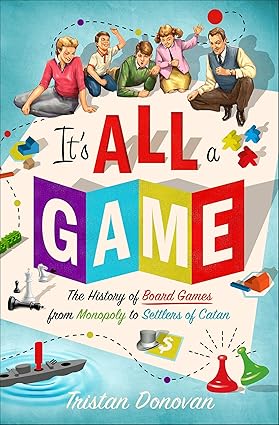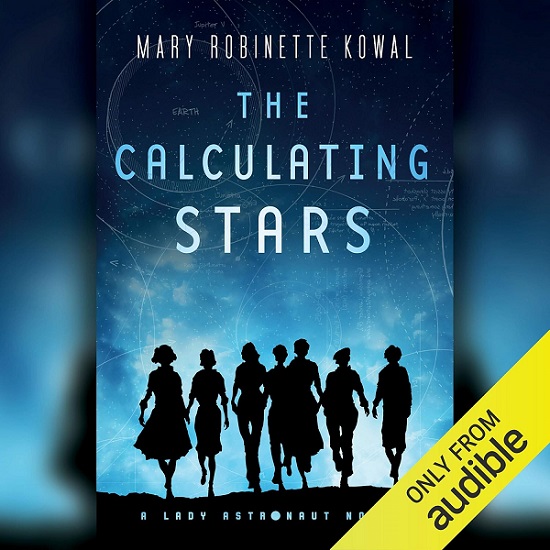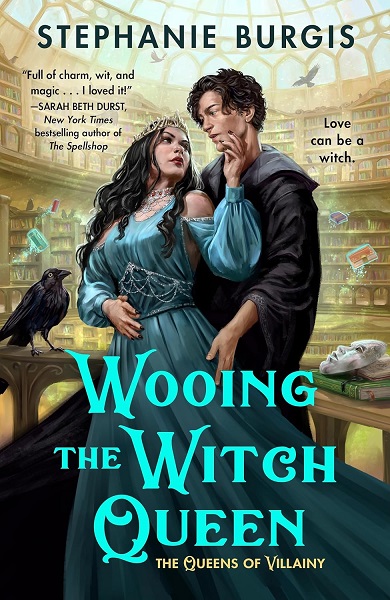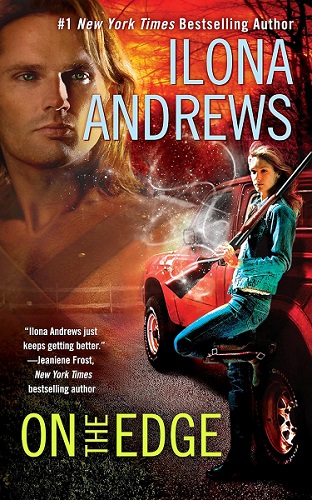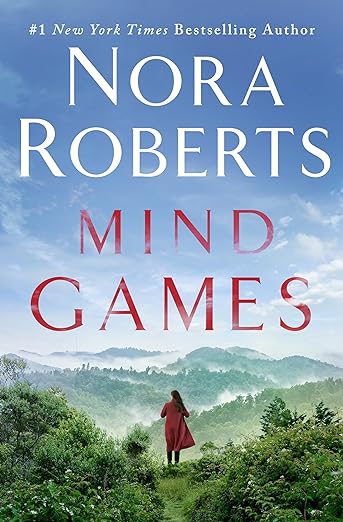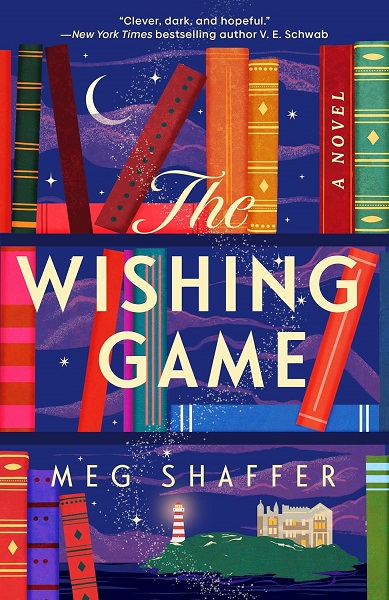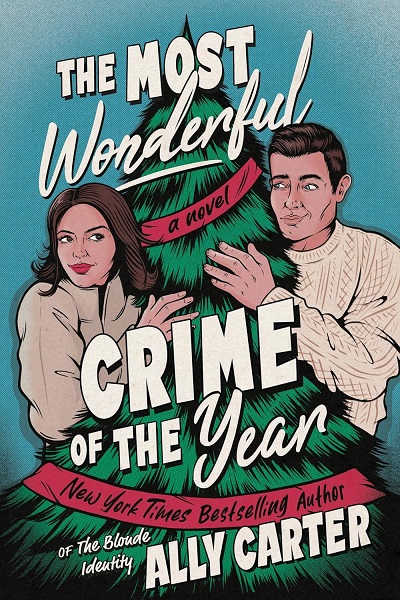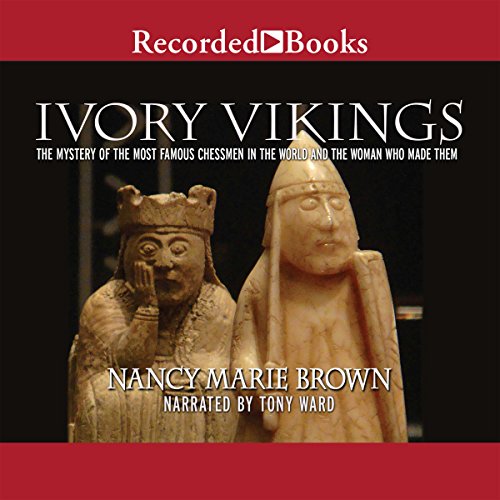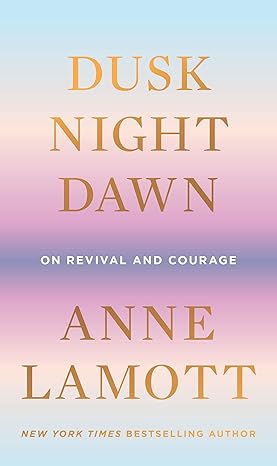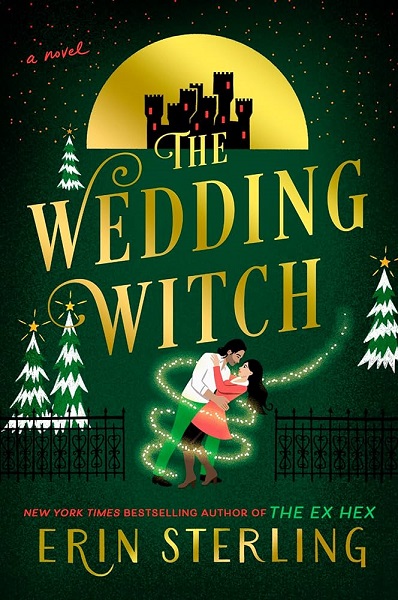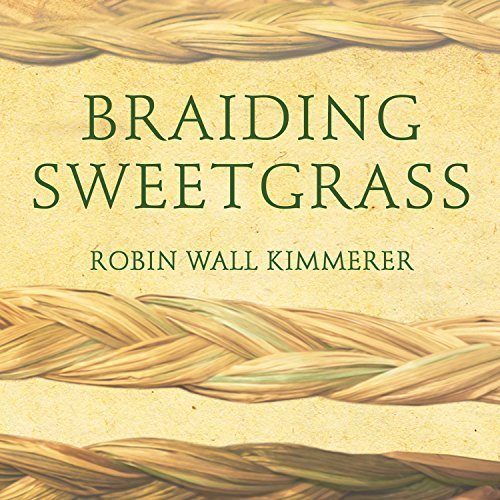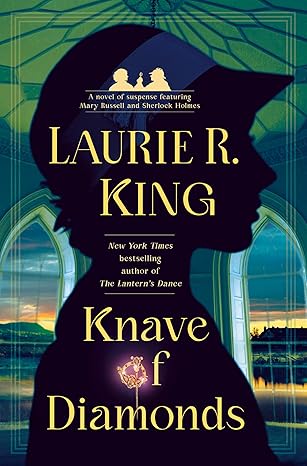 I’ve been a fan of Aunt Dimity almost as long as the books have been around. Aunt Dimity’s Death is one of my comfort novels, the books I turn to when I’m tired, overwhelmed, or feeling blue: the reading equivalent of a nice cup of tea; and several of the sequels (or in one case, a prequel) are nearly as satisfying.
I’ve been a fan of Aunt Dimity almost as long as the books have been around. Aunt Dimity’s Death is one of my comfort novels, the books I turn to when I’m tired, overwhelmed, or feeling blue: the reading equivalent of a nice cup of tea; and several of the sequels (or in one case, a prequel) are nearly as satisfying.
The charm of the series is in part its lightness. Aunt Dimity mysteries never deal in dead bodies, and only rarely in real, physical danger. What makes the early books work is the richness of the (often slightly wacky) characters, the multiple small mysteries, the charm of the main setting (Finch, a small village in England), and the thoroughly likeable narrator, Lori Shepard. Though the books are light from the mystery point of view — no gore, little violence, not murder mysteries — early books in the series were warm and textured, like a favorite knitted wool afghan. Sadly, some of the more recent releases have been almost too light, too thin — verging at times on insubstantial. So it was with some trepidation that I sat down to read Aunt Dimity and the Village Witch.
I was mildly but somewhat pleasantly surprised. While Village Witch isn’t nearly as warm and textured as Aunt Dimity’s Death, it was an enjoyable read, and felt at least a little more solid than the last few have. The “village witch” of the title refers not to Finch’s resident practicing witch (currently out of town) but to “Mistress Meg” or “Mad Maggie”, a woman accused of witchcraft in the seventeenth century. Amelia Thistle (a.k.a. the well-known artist Mae Bowen) has come to Finch in search of more information about Meg, whose name and part of whose story appear in a secret journal entry by one of Amelia’s ancestors, Gamaliel Gowland. To discover Meg’s story, Amelia, Lori, and eventually most of Finch must embark on a treasure hunt to locate the rest of Gowland’s journal, the pages of which were secreted in and around the village.
The search is complicated by Amelia’s attempts to hide her other identity from the villagers. Mae Bowen’s botanical paintings have inspired an unlikely cult whose neo-hippie followers call her “Mother Bowen” and make themselves such nuisances that she has had to hide from them. Here is where this book really fails to live up to its early predecessors. There are suggestions that Myron Brocklehurst, the founder of Bowenism, is not what he purports to be, but the investigation into his motives and background is conducted entirely “off-stage” by Lori’s husband (Bill) and her father-in-law (William), and the revelation of his true character comes out of the blue. This would have been a much stronger book if the two investigations had been more closely entwined, and if Lori had been at least informed about, if not involved in, the Brocklehurst mystery.
An additional although minor flaw has to do with continuity. Inconsistencies in details between books in a series really bother me. I know that authors can’t always help it; they may not remember a certain detail from a book written years earlier, or the plot of the new book may require a change. In this case, in the first book in the series, it’s clear that Bill’s mother — William’s wife — died after being hit by a bus. In Village Witch, she died of pancreatic cancer, giving her time to have commissioned a Mae Bowen picture for William before her death. It’s a little thing, and it shouldn’t matter, but it does. The “willing suspension of disbelief” required by fiction is easily broken by just such small inconsistencies, and I’m thrown out of the world of the story for a time.
Overall, though, I found Aunt Dimity and the Village Witch a pleasant enough read, though not a book which will tempt me to return to its pages again and again.













